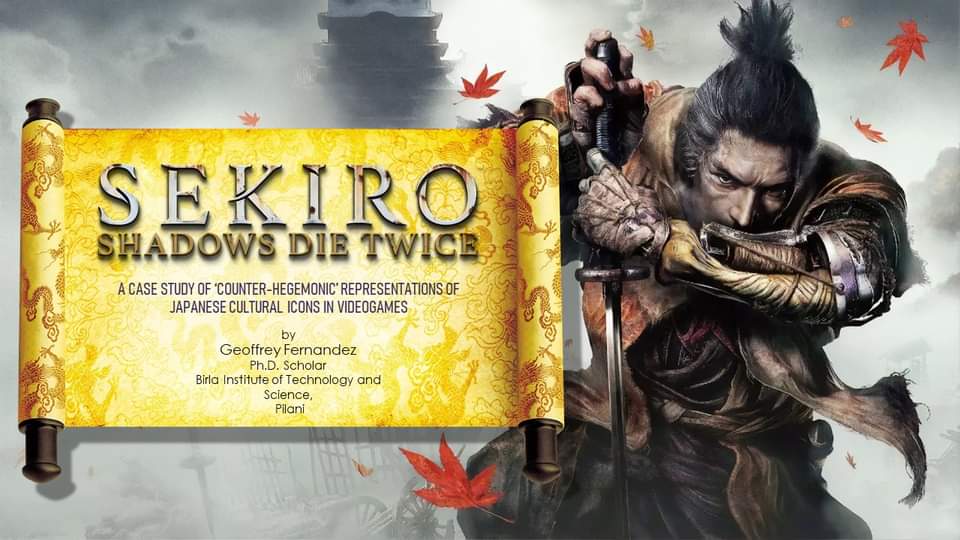Through fictional or non-fictional narratives, media representations of the past communicate specific interpretations, which lets users negotiate the past’s prospective meanings. Additionally, these cultural constructions of the past are produced and disseminated in the present. Hence, the existing hegemonic power relations influence the depiction and recognition of cultural communities in the construction of the past. Therefore, the approach to framing cultures in pop-culture representations becomes a preponderating factor in how people perceive such cultures and periods.Sekiro: Shadows Die Twice, at first glance, can be considered as a game that follows the same vein of exploiting the western craze for the ninja archetype, as seen in its predecessors like the Onimusha and Tenchu series. However, it takes a bold stance against the persisting ‘self-Orientalist’ framework by reclaiming the ninja myth from marketized exoticization. Borrowing from Said’s theory of Orientalism, I would first like to analyze the existing self-Orientalism in depicting and marketing Japanese cultural icons. I would then like to highlight how this game is not an exoticized cultural artefact and further discuss the implications of such a portrayal in the contexts of representation and authenticity. I conclude that by undercutting innate stereotypes and using inherently Japanese characters, the game reappropriates the agency to depict Japanese cultural icons, from a non-Oriental, non-exoticized viewpoint. Thus, Sekiro: Shadows Die Twice becomes a stand-out in the video game industry in this respect.
Bio:
Geoffrey Fernandez is a PhD candidate at the Department of Humanities and Social Sciences at the Birla Institute of Technology and Science Pilani, Pilani campus. His doctoral research examines the use of culture, mythology, and folklore in video games.
